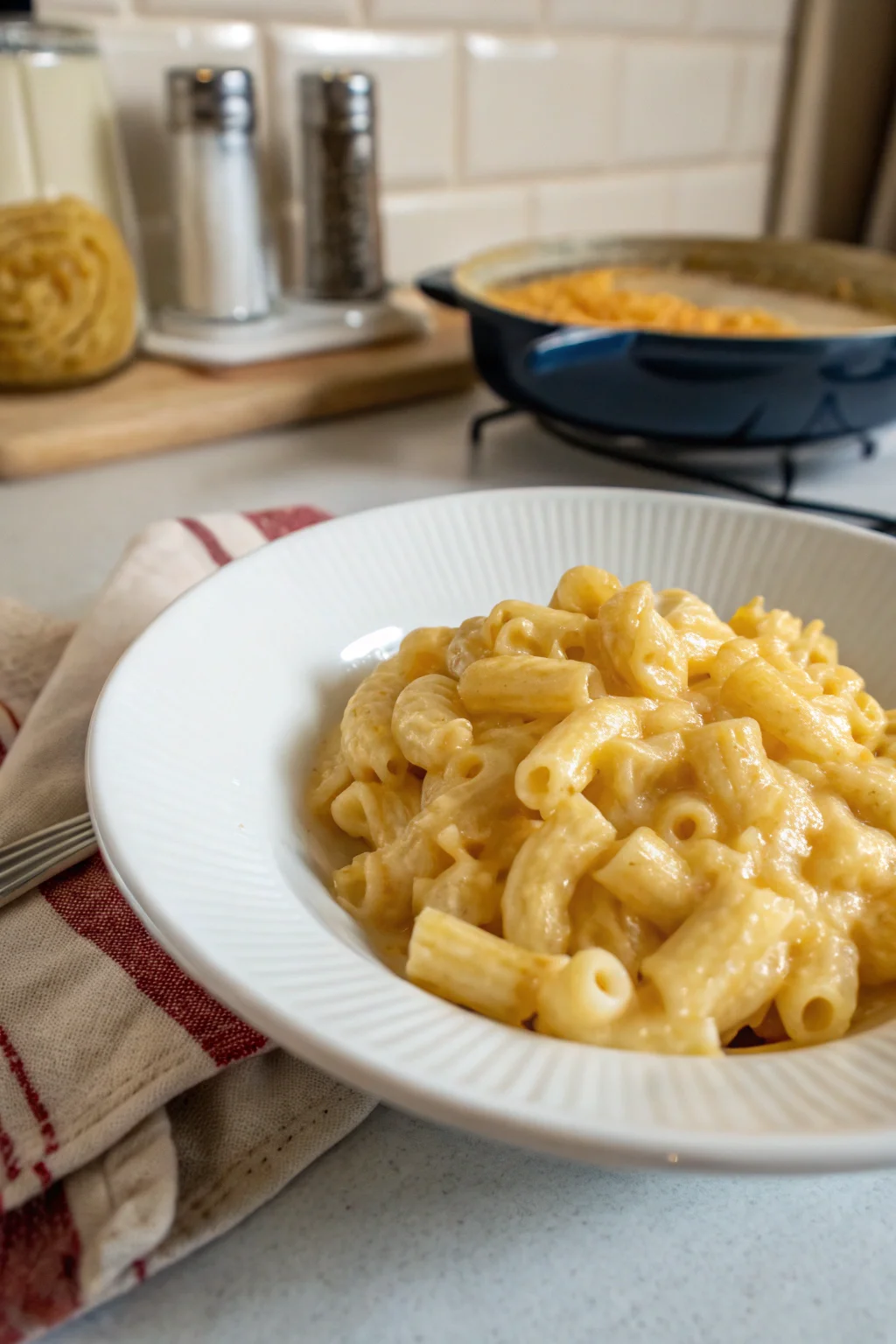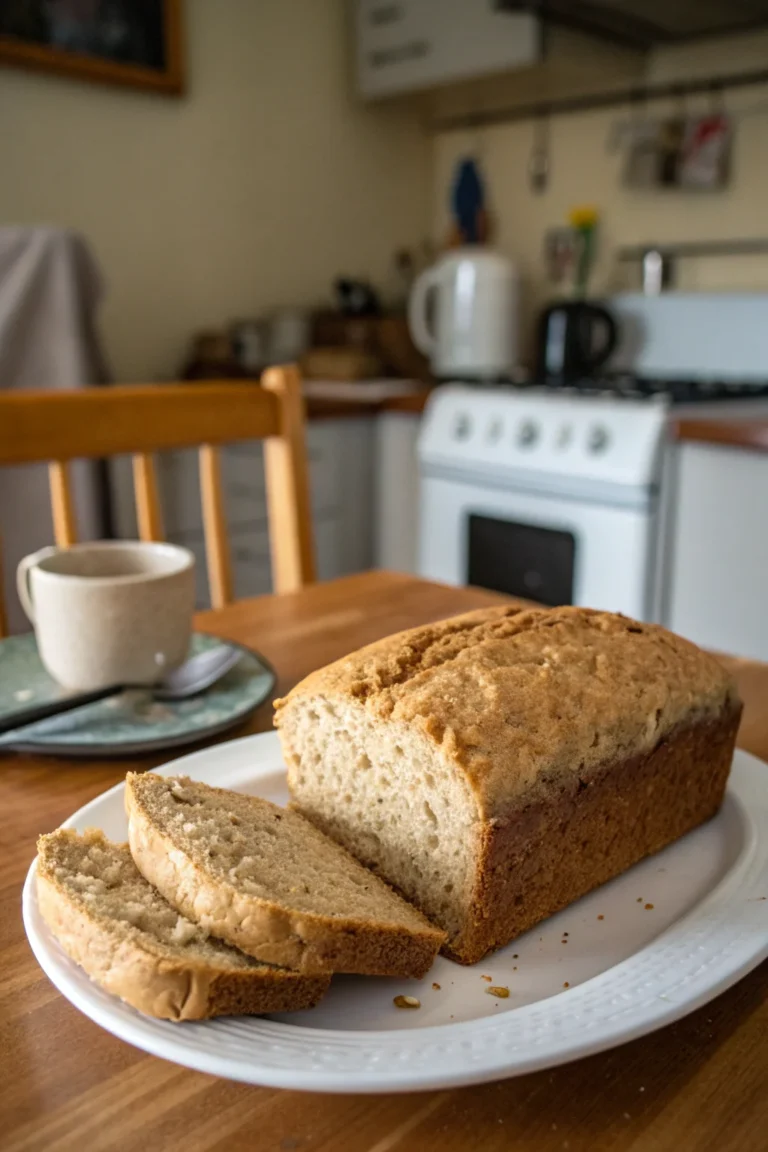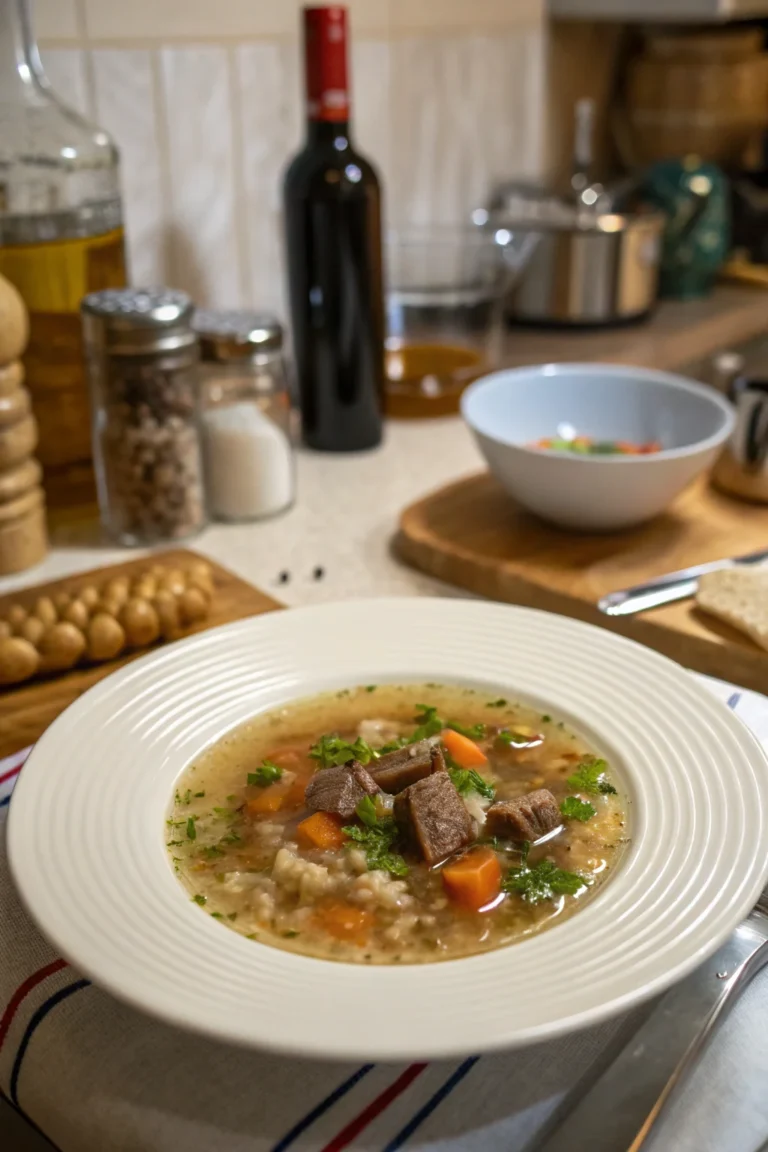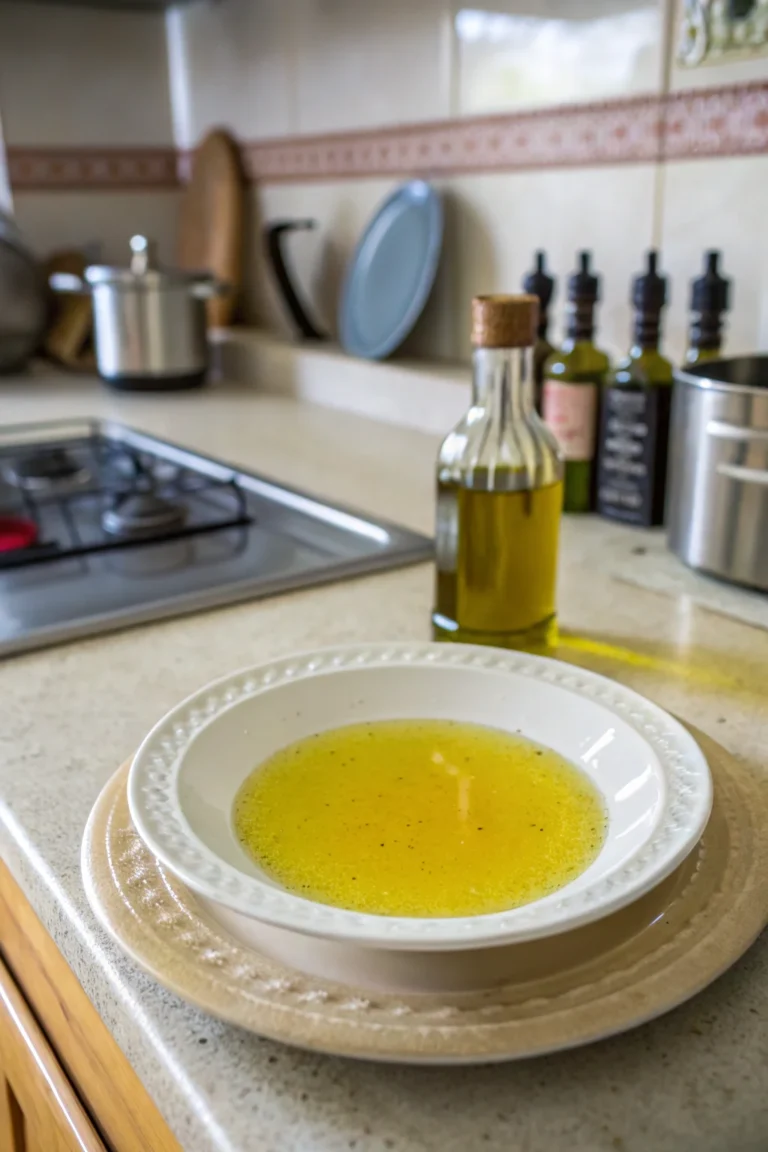Can You Make Mac and Cheese Without Milk? | Easy Substitutes
Mac and cheese is a beloved comfort food that many enjoy. Its creamy, cheesy goodness has made it a staple in households worldwide. But what happens when you’re out of milk or need a dairy-free option? The good news is that you can still make delicious mac and cheese without milk. In this guide, we’ll explore easy substitutes for milk and address common questions about making mac and cheese without it, ensuring you never have to compromise on taste or texture.
Table of Contents
What Can I Use Instead of Milk in Mac and Cheese?

There are several substitutes for milk in mac and cheese, depending on your dietary needs and flavor preferences. Some popular options include:
Cream or Half-and-Half: These provide a rich and creamy texture that closely mimics the consistency that milk gives to mac and cheese. Cream can be slightly heavier and richer, which might appeal to those who enjoy a more decadent dish. Half-and-half, which is a mix of cream and milk, offers a balanced creaminess without being too heavy.
Evaporated Milk: This is milk with about 60% of the water removed, making it thicker and creamier than regular milk. It’s a great option if you want to achieve a similar texture to traditional mac and cheese. Just remember that evaporated milk is slightly sweeter, so you may need to adjust your seasoning.
Plant-Based Milks: Almond, soy, or oat milk are great for dairy-free versions. Almond milk has a mild, slightly nutty flavor, making it a gentle addition to this dish. Soy milk is creamier and has a more neutral taste, which is beneficial if you want the cheese to be the dominant flavor. Oat milk, known for its creaminess and subtle sweetness, can enhance the texture without overpowering the cheese.
Broth: Chicken or vegetable broth adds a savory depth of flavor. This option is particularly useful if you’re looking to cut down on dairy or want a lighter version of mac and cheese. The broth infuses the pasta with a savory taste that can be enhanced with additional spices and herbs.
Yogurt or Sour Cream: These add tanginess and creaminess. Yogurt, especially Greek yogurt, is thick and adds a creamy consistency while also bringing a slight tang to the dish. Sour cream is richer and provides a unique depth of flavor that pairs well with sharp cheeses.
Each substitute brings a unique taste and texture, so feel free to experiment to find your favorite! For instance, if you enjoy a tangy flavor, you might prefer yogurt or sour cream, while those looking for a rich, indulgent dish might gravitate towards cream or half-and-half.
Can I Use Water Instead of Milk in Mac and Cheese?
Yes, you can use water, but be aware that it will alter the flavor and creaminess. While water is the simplest and most accessible substitute, it lacks the richness that milk provides. To enhance the taste when using water:
- Add extra cheese for creaminess. Opt for cheeses like cheddar, Monterey Jack, or Gruyère, which melt well and have a robust flavor.
- Include a tablespoon of butter for richness. Butter adds a luscious quality to the sauce, compensating for the lack of milk.
- Season generously with salt, pepper, and spices like garlic powder or paprika. These spices can elevate the flavor profile, making the dish more palatable and exciting.
Using water is a quick fix, but for a more flavorful dish, consider combining it with other substitutes like broth or a touch of cream cheese.
Is Yogurt a Good Substitute for Milk in Mac and Cheese?
Yogurt can be an excellent substitute for milk in mac and cheese. It provides creaminess and a slight tang, which can enhance the overall flavor profile. Here’s how to use it effectively:
- Use plain yogurt to avoid overpowering flavors. Flavored yogurts can introduce unwanted sweetness or other flavors that might clash with the savory nature of the dish.
- Mix yogurt with a bit of water to reach a milk-like consistency. This helps in achieving the desired creaminess without making the sauce too thick.
- Add gradually to achieve the desired creaminess. Start with a small amount and increase as needed, tasting as you go to ensure the flavor is balanced.
Greek yogurt works well due to its thickness, making your mac and cheese extra creamy. It’s also high in protein, adding a nutritional boost to your meal.
Can I Use Cream Cheese in Mac and Cheese Instead of Milk?
Yes, cream cheese is a great alternative that results in a rich and velvety sauce. To use cream cheese:
- Soften the cream cheese before adding it to the pasta. This helps it integrate smoothly into the sauce without clumping.
- Use about 4 ounces for every cup of milk you would typically use. This amount provides enough creaminess and tang without overwhelming the dish.
- Mix with a bit of pasta water to thin out if needed. The starchy water from the cooked pasta can help create a smooth, cohesive sauce.
Cream cheese adds a delightful tang and smooth texture that many enjoy. It’s also versatile, pairing well with various cheeses and spices to create a complex flavor profile.
What Are Some Dairy-Free Milk Options for Mac and Cheese?

Dairy-free milk options provide a great alternative for those avoiding dairy, each offering its own unique qualities:
- Almond Milk: Mild and slightly nutty, almond milk is a popular choice for its light taste and widespread availability. It’s particularly good for those who prefer a less creamy texture.
- Soy Milk: Creamy with a neutral taste, soy milk is perhaps the closest in texture to cow’s milk, making it an excellent substitute in recipes that require a creamy consistency.
- Oat Milk: Thick with a subtle sweetness, oat milk is excellent for achieving a creamy texture. Its slight sweetness complements the savory cheese flavors, making it a favorite for vegan mac and cheese.
- Coconut Milk: Rich and slightly sweet, coconut milk should be used cautiously to avoid overpowering coconut flavor. Opt for full-fat versions for maximum creaminess, and balance with savory ingredients to mitigate the sweetness.
Choose unsweetened versions to maintain the savory profile of mac and cheese. Learn more about plant-based milk options here. Experiment with these options to find the one that best suits your taste preferences and dietary needs.
Can I Use Broth as a Milk Substitute in Mac and Cheese?
Using broth as a substitute for milk can add a savory depth of flavor, transforming your mac and cheese into a uniquely flavorful dish:
- Opt for low-sodium chicken or vegetable broth to control the saltiness of the dish. This allows you to adjust the seasoning to your liking.
- Mix with a bit of flour or cornstarch to thicken the sauce. Create a slurry with equal parts of flour or cornstarch and water, then add it to the broth while heating, stirring until it thickens.
- Balance with a bit of butter for creaminess. The fat content in butter will help mimic the richness that milk usually provides.
Broth-based mac and cheese can be a lighter alternative with a unique taste. It’s a wonderful option for those who enjoy a savory, umami-rich flavor.
How Do I Make Vegan Mac and Cheese Without Milk?
To make vegan mac and cheese, you can create a delicious, creamy dish that satisfies your comfort food cravings without any animal products. Follow these steps:
- Use dairy-free milk like almond or oat milk. These provide a creamy base for your sauce.
- Add nutritional yeast for a cheesy flavor. Nutritional yeast is a deactivated yeast that provides a cheesy, umami taste, essential for vegan cheese sauces.
- Incorporate vegan butter or olive oil for richness. Vegan butter replicates the richness of dairy butter, while olive oil adds a subtle fruitiness.
- Blend cashews or silken tofu for extra creaminess. Soak cashews in water for a few hours, then blend until smooth, or use silken tofu for a protein-rich, velvety sauce.
This combination provides a delicious, plant-based alternative to traditional mac and cheese. For more vegan recipes, check out our Vegan Cooking Guide. Experiment with spices like turmeric for color or smoked paprika for depth to customize your vegan mac and cheese.
Are There Any Nut-Free Milk Alternatives for Mac and Cheese?
For those with nut allergies, nut-free milk alternatives ensure you can enjoy mac and cheese safely:
- Soy Milk: Widely available and creamy, soy milk is an excellent nut-free option that provides a texture similar to cow’s milk.
- Oat Milk: Naturally thick and sweet, oat milk is perfect for those who enjoy a creamy texture with a hint of sweetness.
- Rice Milk: Light and slightly sweet, rice milk is thinner than other options but works well in recipes where a lighter texture is desired.
These options are safe for those with nut allergies and still provide a creamy texture. Always check labels to ensure there are no traces of nuts due to cross-contamination during production.
Can I Use Sour Cream Instead of Milk in Mac and Cheese?
Sour cream can be a fantastic substitute, adding creaminess and tang to your mac and cheese:
- Use about half a cup of sour cream for each cup of milk. This amount ensures a rich, tangy flavor without being overpowering.
- Thin it out with a bit of water or broth if too thick. This helps achieve the desired sauce consistency.
- Adjust seasoning to balance the tangy flavor. Consider adding a pinch of sugar or honey if the tang is too prominent, or enhance with herbs like chives or parsley.
Sour cream gives mac and cheese a unique, rich taste that many find appealing. It pairs wonderfully with sharp cheeses and can be complemented with toppings like bacon bits or green onions.
How Can I Enhance the Flavor of Mac and Cheese Without Milk?
Enhancing flavor without milk involves creative seasoning and ingredient choices. Here are some tips to elevate your mac and cheese:
- Add garlic powder, onion powder, or smoked paprika. These spices add depth and complexity to the dish, transforming a simple sauce into a flavorful masterpiece.
- Use sharp cheddar or a mix of cheeses for depth. Combining different cheeses like Gruyère, Parmesan, or blue cheese can create a more nuanced flavor profile.
- Stir in cooked bacon, caramelized onions, or roasted garlic. These additions provide savory, umami-rich notes that complement the creamy cheese sauce.
- Incorporate fresh herbs like thyme or rosemary for an aromatic touch. These herbs add freshness and can help cut through the richness of the cheese.
These additions can elevate the dish, making it just as flavorful as the milk-based version. Feel free to experiment with different combinations to find your perfect flavor balance.
What Thickening Agents Can I Use in Mac and Cheese Without Milk?
If you’re not using milk, you might need a thickening agent to achieve the right consistency. Here are some options:
- Flour or Cornstarch: Mix with a bit of water to create a slurry. Add slowly while heating the sauce to avoid lumps and ensure a smooth texture.
- Arrowroot Powder: A gluten-free thickener that works similarly to cornstarch. It’s ideal for those with gluten sensitivities and provides a clear, glossy finish.
- Mashed Potatoes: For a unique, creamy texture, mashed potatoes can add body and thickness to your sauce. This option also adds a subtle earthiness to the dish.
Incorporate these agents slowly to avoid lumps and ensure a smooth sauce. Adjust quantities based on your desired thickness, and remember that the sauce will thicken as it cools.
Is Coconut Milk a Good Substitute for Milk in Mac and Cheese?
Coconut milk can be a suitable substitute if you enjoy its flavor. Here’s how to use it effectively:
- Opt for full-fat coconut milk for creaminess. The higher fat content will provide a richer texture similar to that of traditional dairy milk.
- Be cautious of its sweet and coconutty taste. While the sweetness can complement certain cheeses, it may clash with others, so balance it with savory ingredients.
- Balance with savory ingredients like cheese and spices. Consider adding stronger flavors like sharp cheddar or smoked Gouda to offset the coconut’s sweetness.
Coconut milk can create a rich, tropical twist on traditional mac and cheese. It’s a great option for those who enjoy experimenting with flavors, but it might not be for everyone.
Conclusion
Making mac and cheese without milk is entirely possible with a variety of substitutes. Whether you’re looking for dairy-free options or simply run out of milk, ingredients like yogurt, cream cheese, and plant-based milks can save the day. Experiment with different substitutes to discover your favorite flavor combination. Each substitute offers its own unique qualities, allowing you to customize your mac and cheese to suit your taste preferences and dietary needs. For more cooking tips, explore our Cooking Tips and Tricks or our Vegan Cooking Guide. Happy cooking!
More on dessertpedia.blog • Search “Can You Make Mac and Cheese Without Milk? | Easy Substitutes”






